Geoscience Reference
In-Depth Information
If the surface limiting the volume is permeable, a diffusive flux exists propor-
tional to the gradient and the evolution equation becomes
r
r
dV
dt
()
β
∫
=− − ∇
ϕβ
(
)
ndA
+
V S
(
−
S
i
)
(3.6)
0
A
Please note that a positive flux is directed out of the elementary volume and is,
therefore, lowering the mass of the property inside the control volume. The negative
sign in front of the integral accounts for this fact.
Equation (3.6) describes the evolution of a generic property
B
, with a specific
value
, if there is no advective exchange between the elementary volume of fluid
and the surrounding volume. That is the case when the elementary volume moves
at the same velocity as the fluid (null relative velocity), corresponding to the
Lagrangian formulation of the problem. Measuring instruments moving freely, trans-
ported by the flow (e.g., attached to a buoy), would carry out this type of measure-
ment. That is not, however, the common way of measuring.
β
3.3.3
E
ULERIAN
F
ORM
OF
THE
E
VOLUTION
E
QUATION
In general, field measurements are carried out in fixed stations (
see Chapter 7
for
details). If such a monitoring strategy is adopted, the elementary volume to be
considered in the evolution equation is fixed in space, and the velocity relative to
the surface of the volume becomes the flow velocity. In that case the evolution
equation becomes:
r
rr
r
dV
dt
()
β
∫
=−
[
βϕβ
un
− ∇
(
n
)]
dA
+
V S
(
−
S
i
)
(3.7)
0
A
The partial derivative states that the control volume does not move and, consequently,
the velocity to be considered in the advective flux is the flow velocity. This equation
holds for situations where the volume is time dependent. If we consider the case of
a rigid volume, we can take it out of the time derivative.
3.3.4
D
IFFERENTIAL
F
ORM
OF
THE
T
RANSPORT
E
QUATION
Let us consider a Cartesian reference and an elementary cubic volume, as represented
in
Figure 3.5.
Being an elementary volume, it is small enough to assume that
properties have uniform values on the surface and that the value of the property can
be considered uniform inside the volume. Considering this approach and the geo-
metric properties indicated in the figure, we can write an equation for the volume
and for the fluxes. The volume is given by
∆
V
=
∆
x
1
∆
x
2
∆
x
3
The integral of fluxes becomes the summation of their specific values across
each elementary area (control volume surfaces) multiplied by the area of the



















Search WWH ::

Custom Search